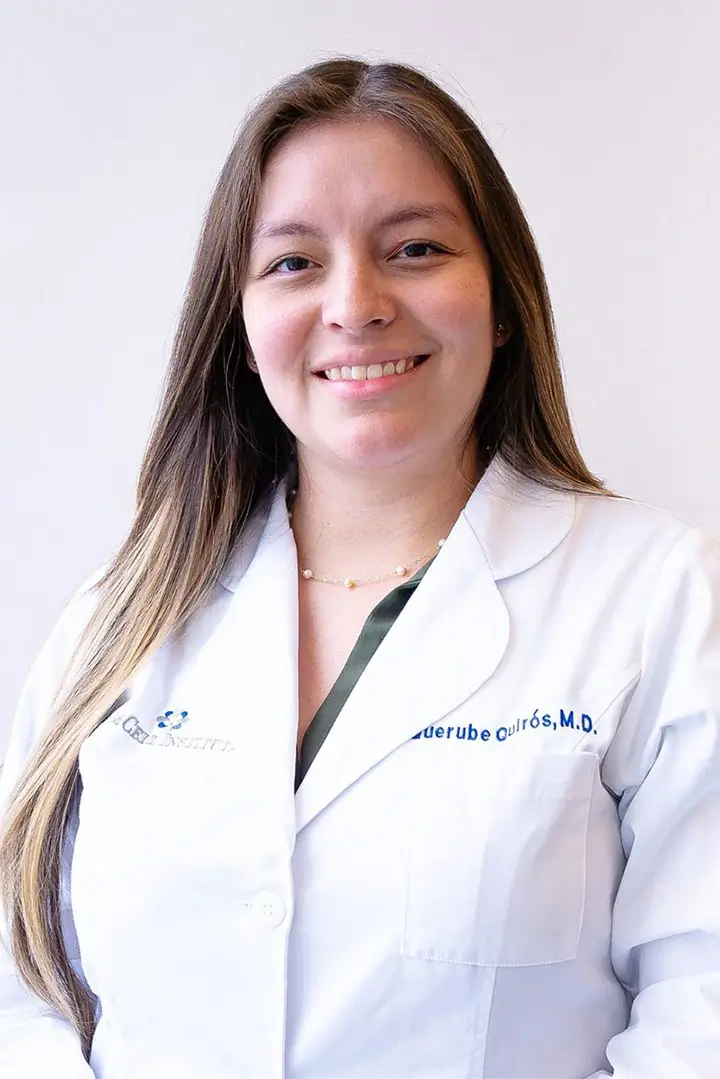Mojallal et al. Aesthetic Plast Surg.
Fat represents a potent source of autologous stem cells. Historically, the majority of research using autologous stem cells involved stem cells collected from the bone marrow. This source is associated with a painful extraction procedure and relatively low concentrations of mesenchymal stem cells. In contract, mini-liposuctions represent a less invasive extraction approach. Additionally, adipose tissue has been shown to contain substantially higher number of mesenchymal stem cells as well as hematopoietic stem cells and endothelial progenitor cells.
The use of fat derived stem cells has grown exponentially in recent years for numerous indications. Perhaps the largest data set for fat derived stem cells is possessed by Dr. Bob Harman from Vet Stem, who has treated a total of more than 10,000 large animals with this procedure. The Cellmedicine clinic has had an excellent track record of success using autologous fat for treatment of multiple sclerosis having treated more than 200 patients.
One of the major limiting factors of stem cell therapy using your own stem cells (autologous) is that the potency and number of stem cells is believed to decrease with age and disease. These studies, however, have been performed primarily from bone marrow sources of stem cells. Any hematologist will tell you that with age the bone marrow becomes drier and possesses less cells. Studies have shown that bone marrow stem cells from patients with diabetes or from obese patients have less activity as compared to age matched controls. There has been some thought that the stem cells in the adipose tissue are protected from age and disease. A current study (Mojallal et al. Influence of Age and Body Mass Index on the Yield and Proliferation Capacity of Adipose-Derived Stem Cells. Aesthetic Plast Surg. 2011 May 26) from the Service de Chirurgie Plastique, Reconstructrice et Esthétique in Lyon France sought to address this. The investigators assessed 42 women who were divided into two groups: age ≤ 40 or >40 and BMI ≤ 25 or >25. Fat tissue was harvested via manual lipoaspiration from the abdominal region. After centrifugation, 100 ml of lipoaspirate was sent to the laboratory for isolation and cultivation of ASCs. The investigators found that average cell yield was 0.380 × 10(6)/ml. Cell yield and proliferation capacity did not show statistically significant correlation to the age and BMI of patients, nor was there a statistically significant difference between cell yield and proliferation capacity between the different groups.
The study looked at some very basic parameters: cell number, viability and proliferative ability. It may be that adipose stem cells may exhibit differences in immune modulatory potential or differentiation potential between donors. This was not assessed. Additionally, the adipose derived cells were not assessed between donors suffering from different conditions. Despite these shortcomings, the data appears to support the hypothesis that adipose derived stem cells may have some advantages as compared to bone marrow stem cells, at least for autologous uses.
Fat Stem Cells are not affected by weight or age

Reviewed By:
Querube Quirós, M.D.
Staff Physician
Dr. Quirós earned her medical degree from Universidad Latina de Panamá and has experience in antiretroviral therapy, hair implants, and cardiothoracic surgery. She presented on awake craniotomy at the 30th International Neurosurgery Congress and is passionate about regenerative medicine.
